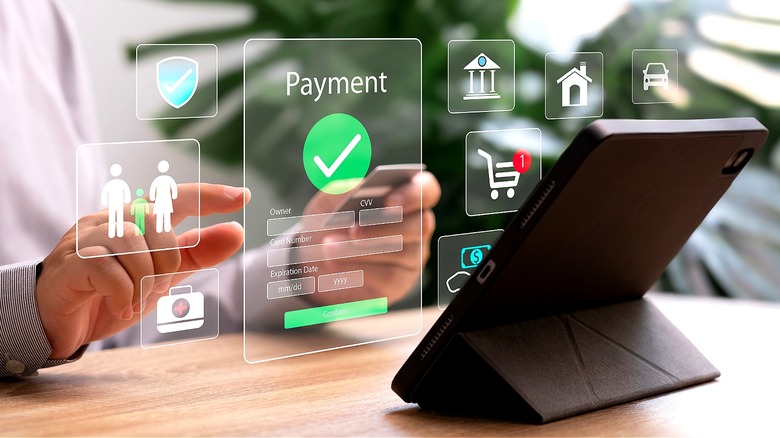How Do Online-Only Banks Work?
The banking experience is changing, and rapidly. A recent Forbes Advisor survey found that, as of 2022, only 29% of Americans prefer banking in person (with 78% seeking mobile-app or web-based account management instead). The pandemic may have pushed this preference to the forefront, but the trend of online-only and minimized in-person services isn't new. Online-only banks don't feature brick-and-mortar locations, leaving customers to do all their banking via an online portal or mobile app. While there are some definite benefits to this approach, online banks have also done away with the personal touches that make some people feel strongly attached to their banking institution. The customer service features of a physical banking location are different from those operating through email, chat, or call services.
This doesn't get to the heart of how online-only banks operate, though. Even as a rise in mobile banking has facilitated better online layouts and service inclusions, a complete removal of physical banking services seems like something that might not actually provide a valuable asset to consumers. How then do online banks work, and will they ultimately replace physical banking in its entirety as the years go on? The answer is likely not; however, that doesn't mean online banks don't actually offer a crucial service to consumers looking for specific benefits in their banking experience.
They focus solely on the online-banking experience
Online banks do away with the physical presence many are used to. As a result, their services are generally geared more toward digital transaction usage, savings profiles, and connected transfer accounts. Personally, I use a bank called Wise to exchange dollars for euros (and pounds before that) since I lived abroad. Wise doesn't maintain physical locations, and while I do have a debit card, I haven't spent money directly from the account in over a year. The digital bank simply facilitates currency conversion for my purposes.
Some online banks are designed to facilitate everyday spending needs. The banks offer physical cards or digital variants. These provide instant access to your money, just as a traditional bank might. The only difference is the lack of a concrete presence that you can visit. However, this comes with one particular drawback. Since there isn't a physical bank you can visit, making use of cash can be a bit trickier. Depositing or withdrawing cash into or out of your bank account requires a third-party arrangement, which many digital banks have taken steps to secure. This may not be an issue at all, depending on the bank, but some might end up costing you in excess fees to utilize these additional services. (For this and other reasons, it's a good idea to shop around when selecting a bank.)
You also won't be able to walk into the bank to speak with someone about a banking issue you're facing. As well, online banks may not have the wherewithal to handle traditional tertiary needs like credit cards or mortgage services.
They tend to offer high-interest-rate savings options
Other online-only banks focus on savings accounts and inflated interest rates. Barclays bank, for example (another one familiar to me personally), is one of many savings account providers that offer massively boosted interest rates to people seeking a savings account separate from their standard checking institution. Because Barclays doesn't have physical locations, it advertises a natural cost-cutting advantage that helps it maintain higher-than-average rates (as of this writing, the national average is an abysmal 0.5%, according to Curinos via MarketWatch).
Online banks thrive in this regard, and it's a key selling point that brings in new customers. Even banks that provide checking access (such as Aspiration, EverBank, or SoFi) in addition to savings accounts and CD options (a potentially smart choice once you've established a solid savings profile), prominently display their voluminous savings rates. Banking online is a different kind of experience, and it can be a little jarring for those who like the personal touch of going into the bank to perform important financial tasks. But the web presence and app infrastructure that these banks showcase is often more than capable of replacing this traditional banking model.
At the very least, it's a good idea to consider a savings account with one of these kinds of banks to house the money in your emergency fund. Even if you don't fully switch over to online-only banking for all your financial needs, the increased interest rate can heighten the prowess of your resources to extend your financial safety net.


